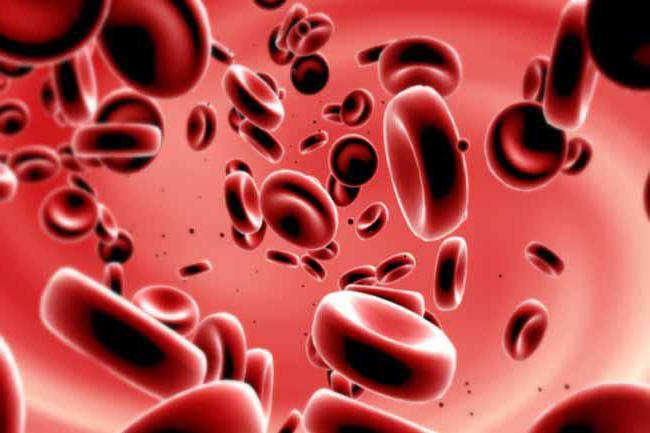How Anticoagulants Work
Anticoagulants, also known as blood thinners, work to prevent blood from clotting. Our blood normally clots when we receive cuts or injuries to stop bleeding. However, for some people this clotting process can become abnormal and cause potentially dangerous clots to form in arteries or veins. Anticoagulants target specific clotting factors in the blood to prevent abnormal clots from forming or growing larger. The two most common types of anticoagulants are warfarin and the direct oral anticoagulants (DOACs).
Warfarin works by interfering with vitamin K and vitamin K-dependent clotting factors, primarily factors II, VII, IX and X. This decreases the liver’s ability to produce these clotting factors and prolongs the time it takes for blood to clot. DOACs work differently by directly inhibiting specific clotting factors, such as factor Xa or thrombin. Some examples of DOACs include apixaban, rivaroxaban, edoxaban and dabigatran. DOACs have faster onset and offset of action compared to warfarin and fixed dosing without frequent monitoring.
Common Uses for Anticoagulants
The main uses for Anticoagulant include reducing the risk of stroke for people with non-valvular atrial fibrillation, treating or preventing blood clots in the legs or lungs, and preventing clots after certain surgeries or in people with a high risk of clotting.
Atrial fibrillation is a common heart condition where the heart’s upper chambers quiver irregularly instead of beating effectively. This can allow blood to pool and form clots, increasing the risk of stroke. Long-term anticoagulant therapy is very effective for lowering this risk.
Deep vein thrombosis (DVT) occurs when a blood clot forms in a deep vein, usually in the legs. If part of the clot breaks off it can travel to the lungs, causing a pulmonary embolism (PE), which can be life-threatening. Anticoagulants prevent further clot growth and reduce risk of embolism.
Following certain types of surgery, like hip or knee replacement, or when immobile for long periods, the risk of DVT is increased. Short-term anticoagulation reduces clot formation during recovery. Some people have inherited or acquired risk factors for clotting that warrant long-term anticoagulation therapy.
Managing Anticoagulant Therapy
While incredibly effective, anticoagulants require careful management due to the increased risk of bleeding if doses are too high. For warfarin, patients need regular blood testing to check their international normalized ratio (INR) and make sure it remains in the therapeutic range recommended by their healthcare provider. Too low and clots may still form, too high raises bleeding risks substantially.
DOACs have more predictable effects so do not require regular monitoring. However, it is still important to adhere closely to dosing schedules and inform physicians of any potential interacting medications, sudden illness or injury. If bleeds occur on anticoagulants or surgeries are needed, temporary switching or stopping of the medication and blood product support may be required.
Considering long-term anticoagulant therapy can feel daunting, but properly overseen it provides great benefit for many patients in reducing debilitating and life-threatening clots. Working closely with healthcare providers, following treatment plans diligently and reporting any issues can help optimize outcomes. Understanding how anticoagulants work, their proper usage, potential complications and management is key to making informed decisions about this important medication class.
Factors Affecting Warfarin Dosing
Many influences can change a person’s INR response to warfarin. Dietary vitamin K intake, interacting medications, and medical conditions all impact dosing needs. Careful consideration must be given when starting or adjusting warfarin therapy.
Vitamin K is essential for the production of clotting factors targeted by warfarin. Diets high or low in vitamin K content can swing INR readings above or below target range. It’s important patients eat a consistent amount and type of vitamin K containing foods. Large changes may warrant warfarin dose changes under medical guidance.
Numerous medications interact with warfarin by altering its absorption, transport, metabolism or effects. Antibiotics, anti-fungals, anti-epileptics and herbal supplements commonly increase or decrease INR. Strict medication adherence, tracking, and INR monitoring provides opportunities to adjust warfarin dosing accordingly.
Liver and kidney function influence warfarin clearance from the body. Disease flare-ups that impact these organs may cause unstable INR control until medical issues are addressed. Other factors like weight changes, alcohol intake and illnesses/infections can also transiently impact clotting and warrant INR and dose oversight.
Close partnerships between patients, pharmacists and clinicians helps optimize warfarin dose adjustments based on such influences. Consistent lifestyle habits, medication discipline and INR monitoring yields the best long-term anticoagulation control and outcomes for those requiring warfarin therapy. Thorough understanding promotes proactive management during inevitable changes that occur over time.
DOAC Benefits and Considerations
Direct oral anticoagulants (DOACs) provide viable alternatives to warfarin for many patients and healthcare providers. Their fixed dosing, lack of routine monitoring and fewer drug interactions
*Note:
1. Source: Coherent Market Insights, Public sources, Desk research
2. We have leveraged AI tools to mine information and compile it

